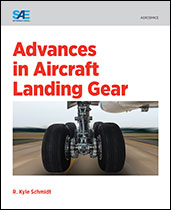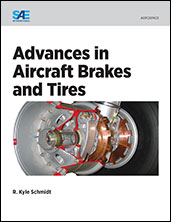Technical Paper
Braking Systems with New IMA Generation
2011-10-18
2011-01-2662
First generation of Integrated Modular Avionics (IMA), currently onboard in aircraft type Airbus A380, A400M, or designed for Airbus A350, and whose principle was initially to introduce some common processing resources, had been developed in such a way to reduce the quantity of embedded equipment part number, and to harmonize the nature of the avionic units by minimizing the specificity of electronic equipment: thus, for instance, the number of processing units in the A380 is half that of previous LRU-based avionic generations.



